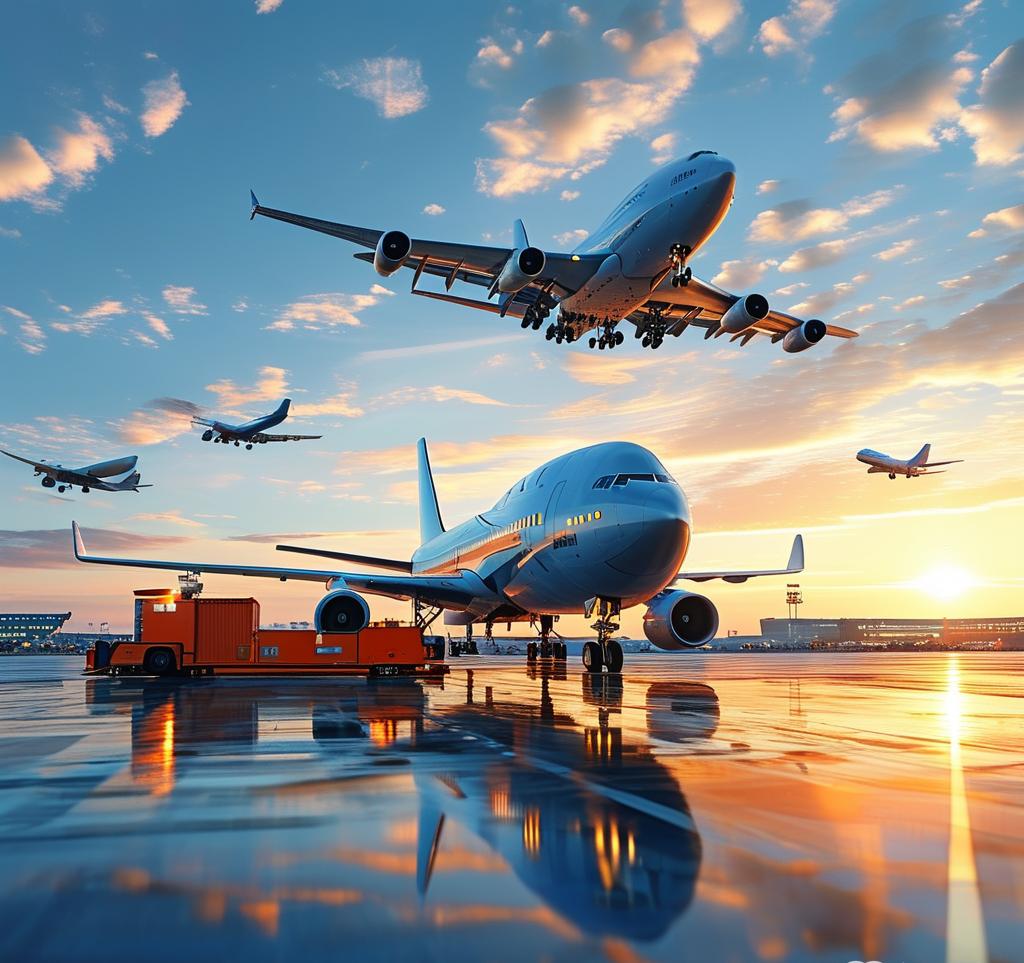As someone who ships a mix of dangerous and fragile goods from China to the Philippines, I’ve learned that it’s not just about packing properly—it’s about compliance, communication, and choosing the right partners. Whether I’m shipping B2C or bulk orders, handling dangerous goods safely and legally is non-negotiable.
1. Know What Counts as Dangerous Goods
Before I even pack, I check if my items fall under IMO or IATA dangerous goods categories—these include:
- Batteries (especially lithium-ion)
- Aerosols, flammable liquids
- Certain cleaning agents, paints, or adhesives
Declaring these properly is key to avoiding fines or cargo rejection.
2. Use Certified Packaging and Labels
For anything hazardous, I must use:
- UN-approved packaging
- Proper hazard class labels
- Waterproof and pressure-tested containers (especially for liquids)
If I’m also shipping fragile products to the Philippines, I double-layer with bubble wrap, foam inserts, and “fragile” markings.
3. Work With a Dangerous Goods-Certified Freight Forwarder
Not all logistics providers accept dangerous goods. I make sure mine:
- Has experience with Philippines customs clearance
- Can provide MSDS handling
- Offers repacking or documentation services
This has saved me from customs seizures more than once.
4. Choose a B2C-Capable Shipping Solution
For my Philippines B2C orders, I partner with a forwarder offering:
- DDP (Delivered Duty Paid) shipping
- Last-mile delivery across Luzon, Visayas, and Mindanao
- Dangerous goods handling for small packages
This way, customers don’t face surprise taxes or rejected deliveries.
5. Track Your Shipment Carefully
Dangerous goods often move slower and are inspected more. I always:
- Use tracking platforms
- Request real-time updates
- Plan extra time into my delivery promise to customers

People Also Ask (PAA)
1. Can I ship dangerous goods from China to the Philippines?
Yes, but they must comply with international shipping regulations and be declared, labeled, and packaged correctly.
2. What are examples of dangerous goods in shipping?
Batteries, aerosols, flammable liquids, and certain chemicals are common examples.
3. How can I ship fragile and dangerous items together?
Use certified packaging for hazardous items and protective materials like foam and double boxing for fragile goods.
4. Who handles dangerous goods shipping to the Philippines?
Only certified freight forwarders with dangerous goods licenses and Philippines clearance experience should be used.
5. Is B2C shipping available for dangerous goods to the Philippines?
Yes, but only through specialized logistics partners offering proper compliance and last-mile delivery.
